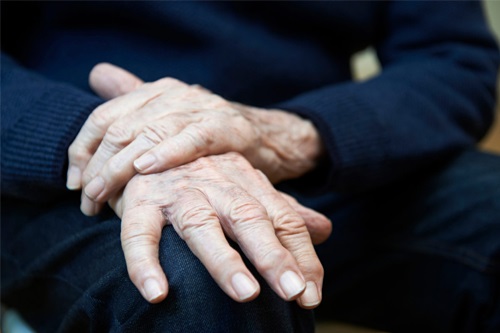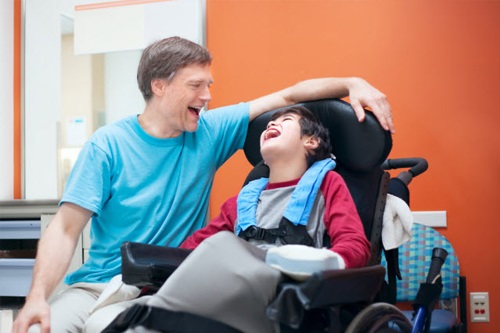Parkinson and Cerebral Palsy

What is Parkinson disease?
Parkinson’s disease influences the way you move. It happens when there is an issue with certain nerve cells in the mind. Ordinarily, these nerve cells make a critical substance called dopamine. Dopamine sends indicators to the piece of your brain that controls development. It lets your muscles move easily and do what you need them to do.
When you have Parkinson’s, these nerve cells break down. At that point you generally won’t have enough dopamine, and you have some difficulty moving the way you need to. The common signs and symptoms of Parkinson include tremors, rigid muscles, impaired posture and balance of the body, along with loss of movements, changes in speech and writing. The tremors mostly begin in limb and reach to the hand and the fingers. Trembling takes place even when the patient is at rest. Moreover, performing simple tasks can become difficult as the movement is slowed down and often time-consuming. The body may become stoop and the patient may feel problems while maintaining the posture and balance.
What is cerebral palsy?
A group of neurological disorders that primarily appear in infancy or the early childhood, Cerebral Palsy influences body development, muscle control, muscle coordination, muscle tone, reflex, carriage and parity. It is the one of the commonest motor disabilities found in childhood and occurs due to abnormalities taking place inside the brain which results in loss of ability to control movement and maintaining balance and posture.

What is the treatment of cerebral palsy?
The treatment program should be adopted as early as possible depending on the individual patient’s condition. A single treatment approach does not provide the desired results and often a combination of treatments are adopted including medications, surgery, braces and therapies such as physical, occupational, recreation, speech and language therapy. All these can improve the capabilities and a number of children may live a normal life in future if treatment is provided at the right time.

